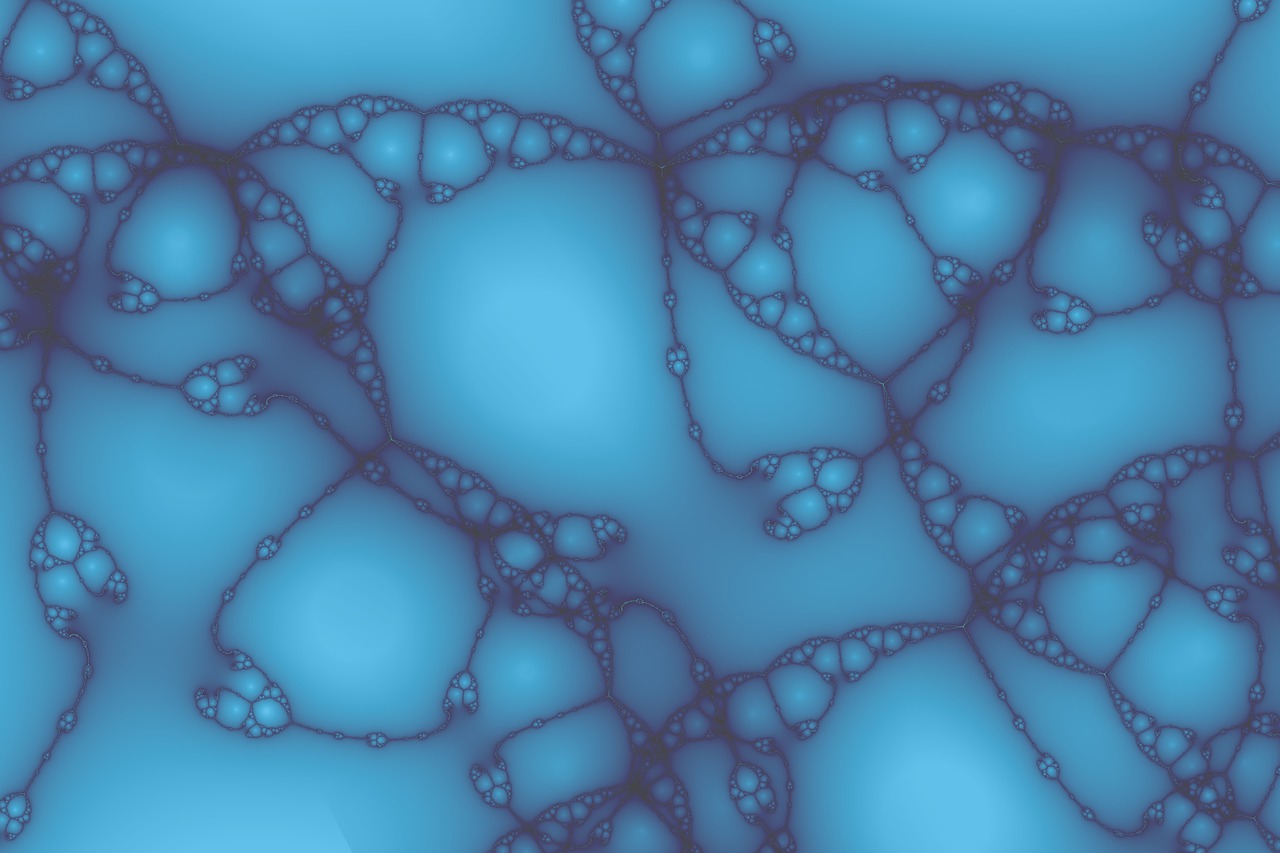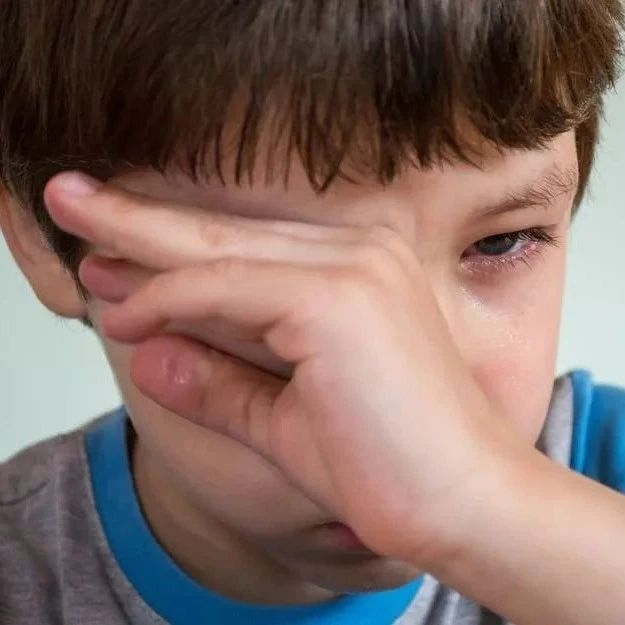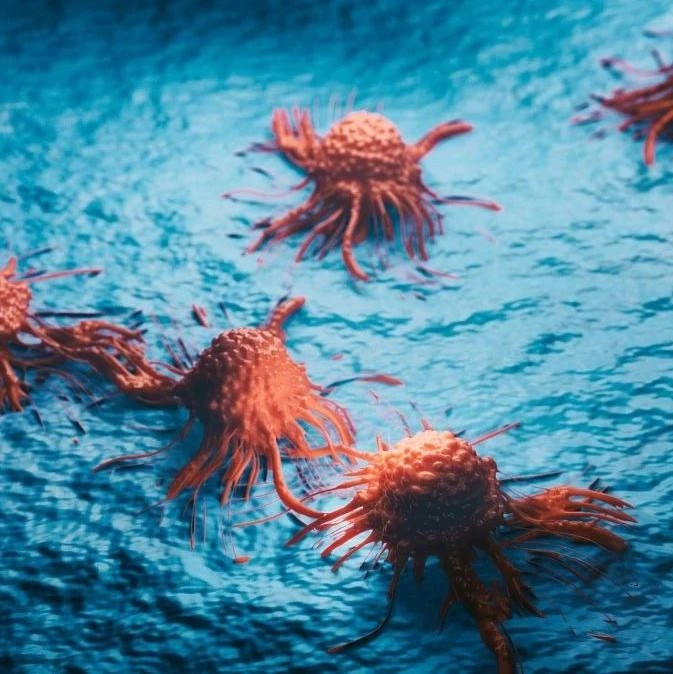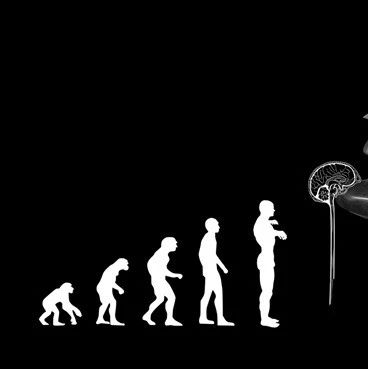摘要:近日,科学家发现了一种以咖啡因为食的细菌——恶臭假单胞菌CBB5,它们能利用特殊的消化酶将咖啡因分解并转化为自身所需的营养。
爱荷华大学的博士生瑞安·萨默斯在新奥尔良举行的美国微生物学会第111届大会上公布了自己的这一研究成果。他指出:“我们分离出了一种新的可以分解咖啡因的细菌,即恶臭假单胞菌CBB5,它可以将咖啡因分解成二氧化碳和氨。”
萨默斯与他的同事们目前已经确认了三种能分解咖啡因的消化酶。这些酶将咖啡因主要分子中的甲基分离出来,从而作为食物吸收。此前研究人员也发现过能分解咖啡因的细菌,但这是人们首次了解到这些以咖啡因为食的微生物是如何分解的。
萨默斯表示,发现细菌可以“吃”咖啡因,他并不惊讶。事实上,过去科学家就发现有一些细菌喜好一些奇怪的物质,这些还通常是有毒物。例如,有细菌把甲烷这种温室气体当成食物,有的细菌却钟爱有毒的化学品,比如多氯联苯和化学溶剂。
生物探索推荐英文原文:
A new bacterium that uses caffeine for food has been discovered by a doctoral student at the University of Iowa. The bacterium uses newly discovered digestive enzymes to break down the caffeine, which allows it to live and grow.
"We have isolated a new caffeine-degrading bacterium, Pseudomonas putida CBB5, which breaks caffeine down into carbon dioxide and ammonia," says Ryan Summers, who presented his research at the 111th General Meeting of the American Society for Microbiology in New Orleans.
Caffeine itself is composed of carbon, nitrogen, hydrogen and oxygen, all of which are necessary for bacterial cell growth. Within the caffeine molecule are three structures, known as methyl groups, composed of 1 carbon and 3 hydrogens atoms. This bacterium is able to effectively remove these methyl groups (a process known as N-demethylization) and essentially live on caffeine.
Summers and his colleagues have identified the three enzymes responsible for the N-demethylization and the genes that code for these enzymes. Further testing showed that the compounds formed during break down of caffeine are natural building blocks for drugs used to treat asthma, improve blood flow and stabilize heart arrhythmias.
Currently these pharmaceuticals are difficult to synthesize chemically. Using CBB5 enzymes would allow for easier pharmaceutical production, thus lowering their cost. Another potential application is the decaffeination of coffee and tea as an alternative to harsh chemicals currently used.
"This work, for the first time, demonstrates the enzymes and genes utilized by bacteria to live on caffeine," says Summers.







